
This set of tools can be used to evaluate alignment with a wellbeing approach.
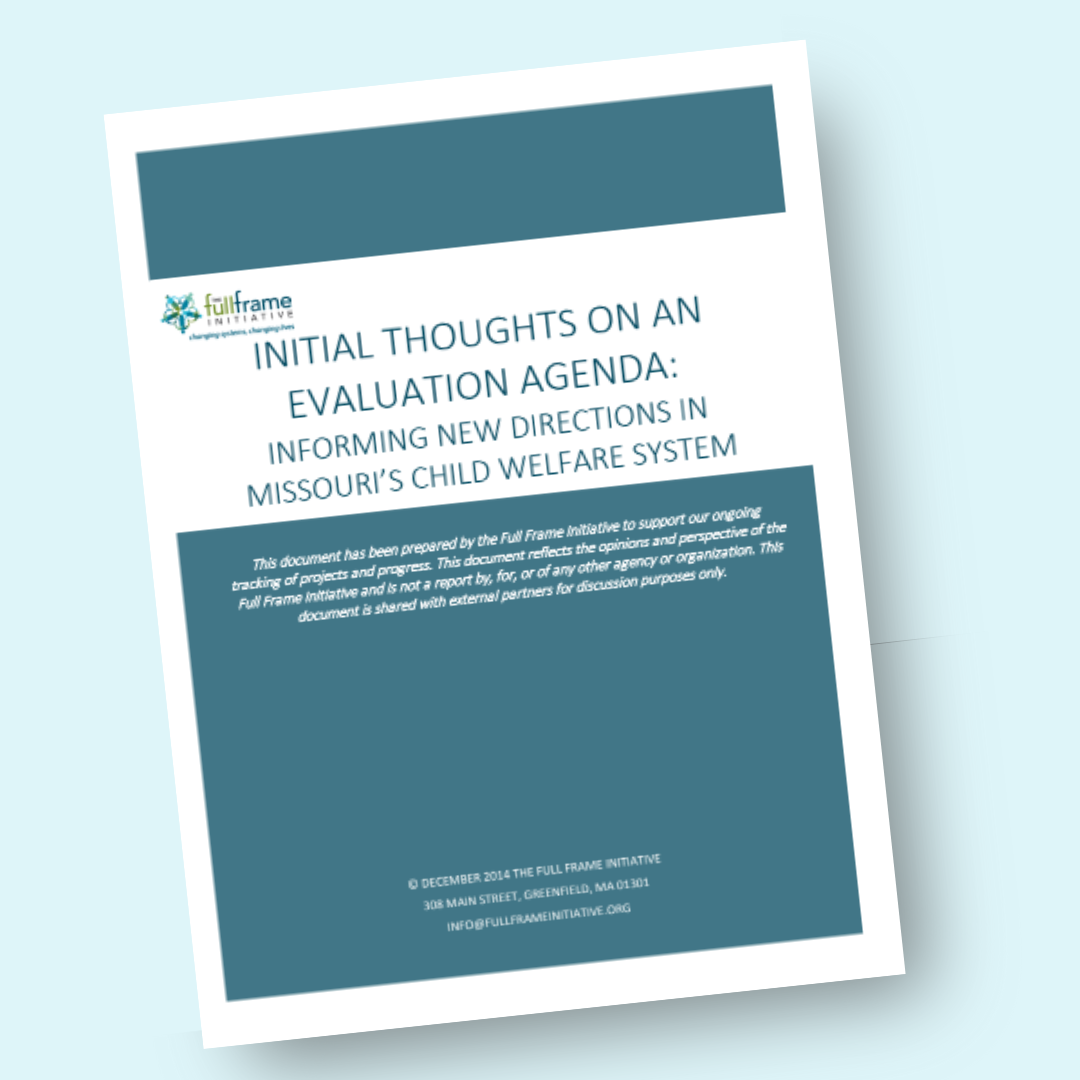
This resource outlines an approach to evaluation that is grounded in measuring wellbeing systems change and what is most important to wellbeing.

This packet shows examples of forms and tools changed through a wellbeing lens in a family court.

This form, developed for the St. Louis County Court, collects comprehensive information about a youth when a caregiver seeks assistance.

This example shows an assessment using a wellbeing lens within a domestic violence context.

This guide helps align community and funder expectations for outcomes in complex, community-based interventions that resist standard measurement approaches.
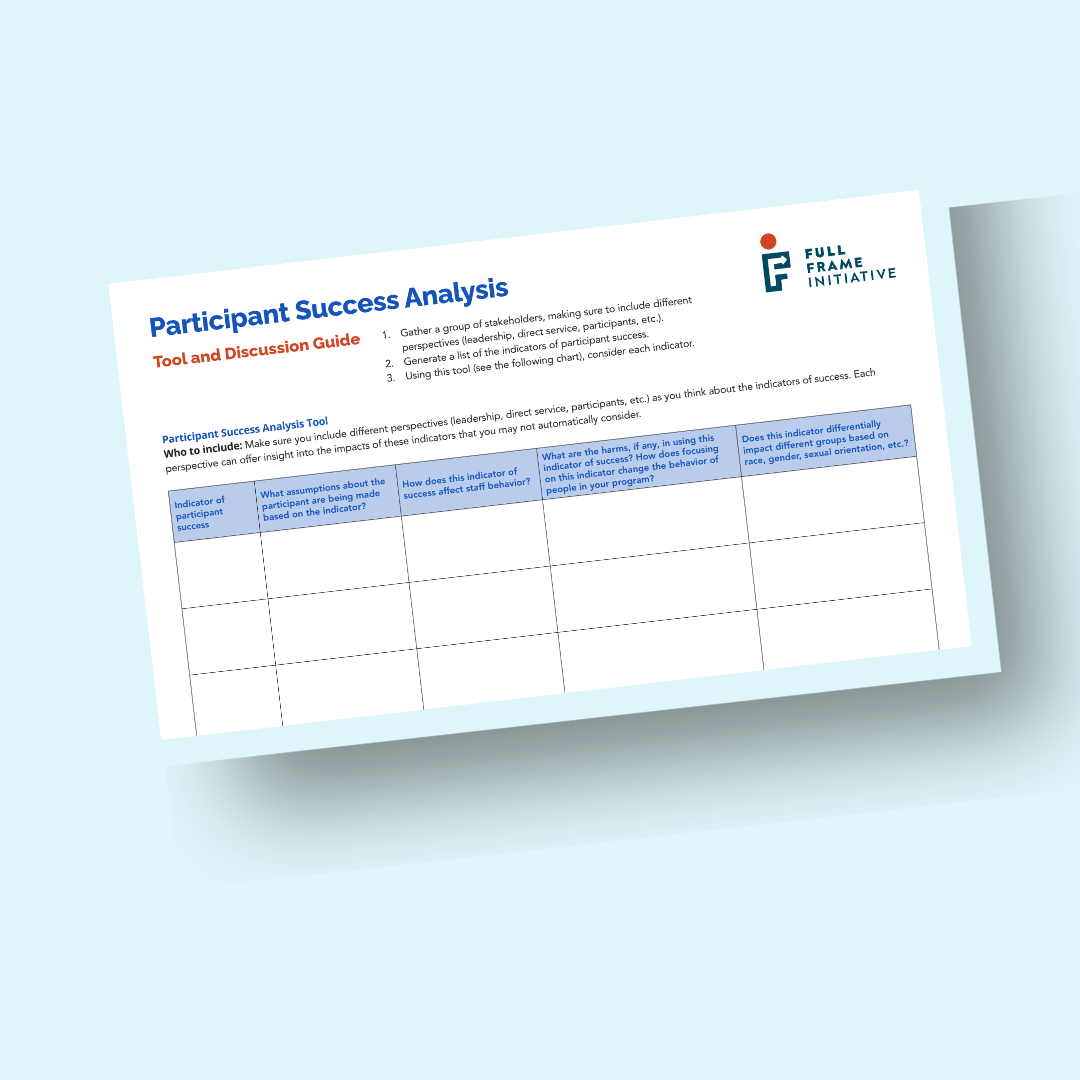
This tool provides a list of questions to consider when analyzing data and indicators of success for program participants.
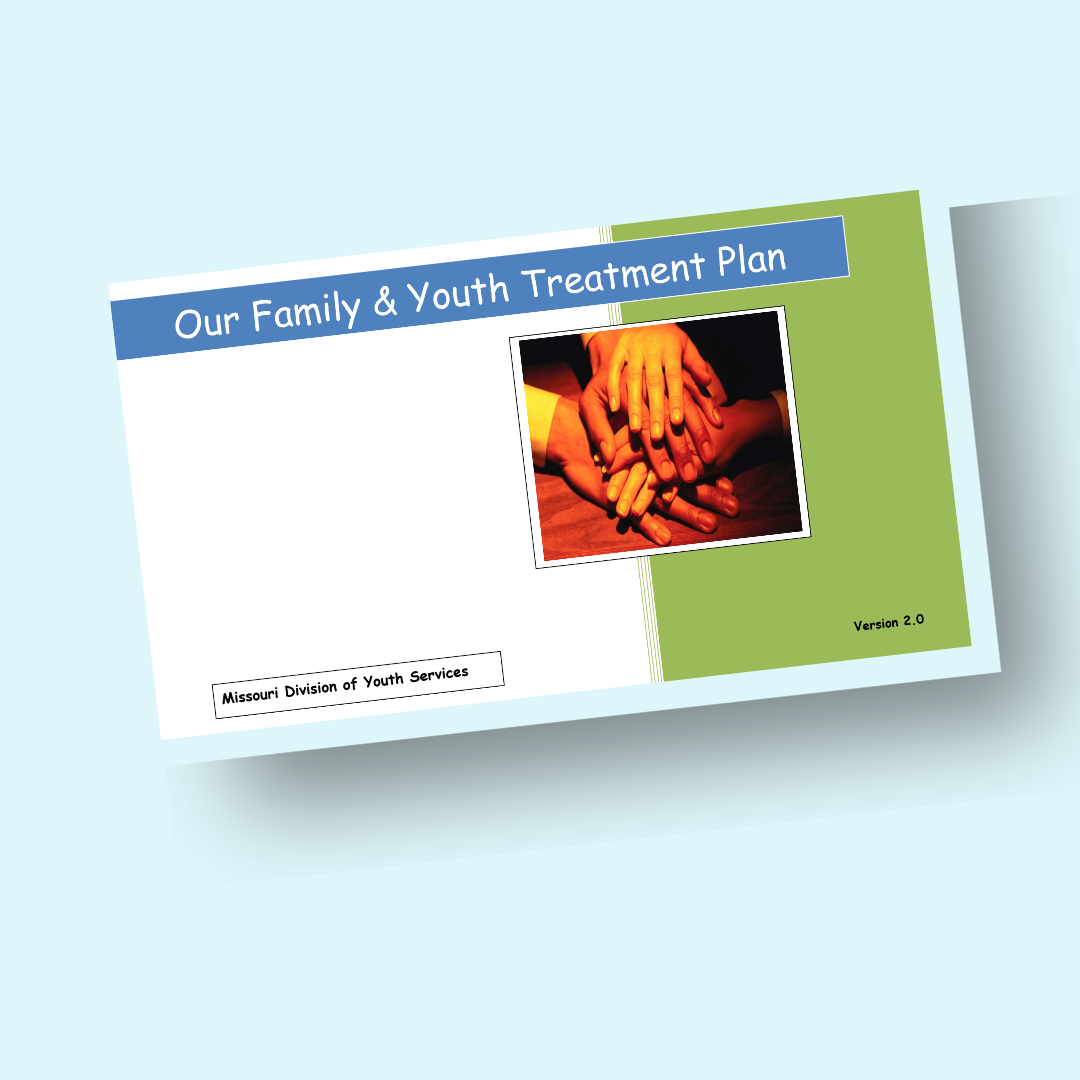
This worksheet can be used to support families and caregivers to support youth interacting with the juvenile justice system.
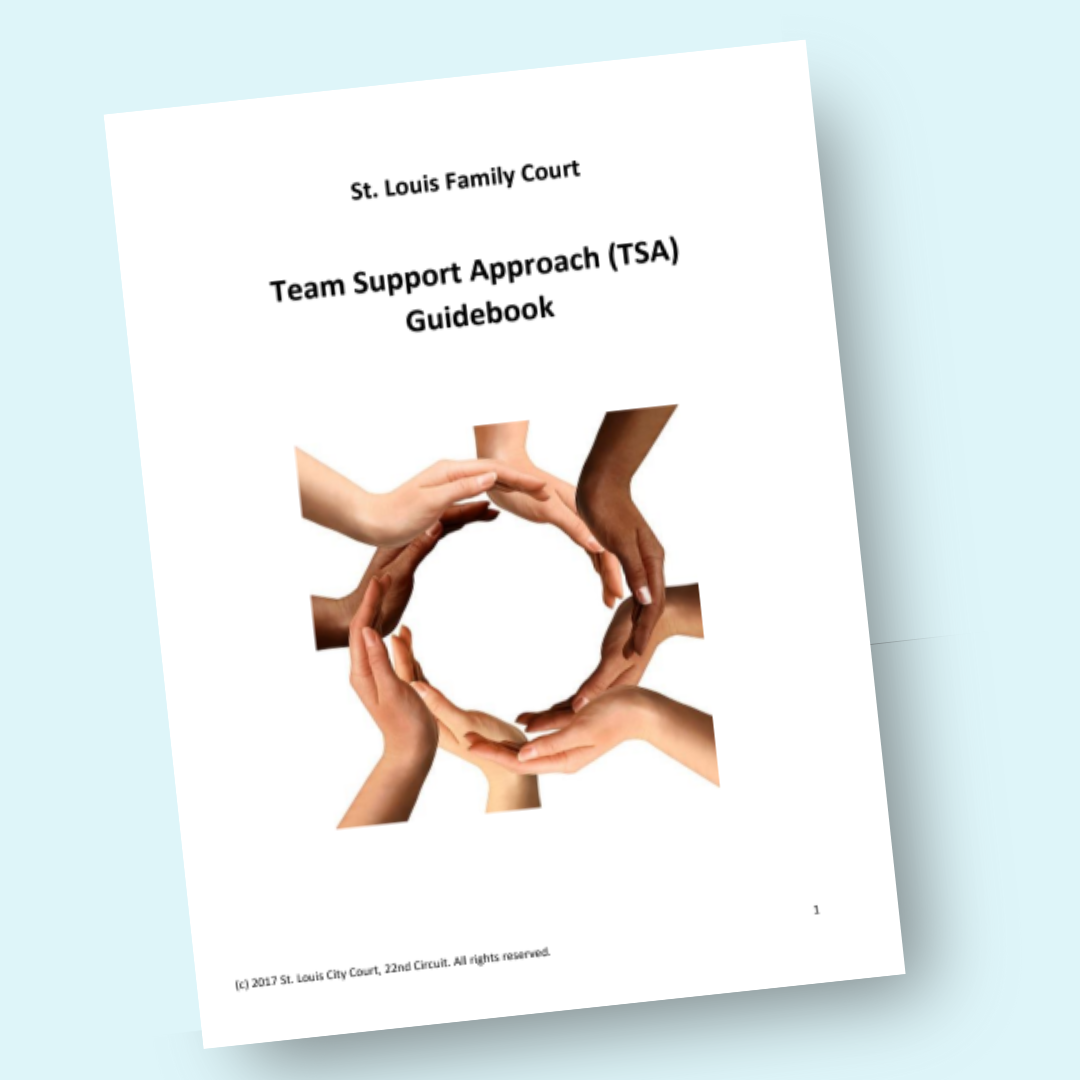
This guide helps key individuals around a youth interacting with the juvenile justice system discuss the youth's strengths and needs, identify and provide resources, and make strengths-based plans to increase the youth's access to wellbeing.
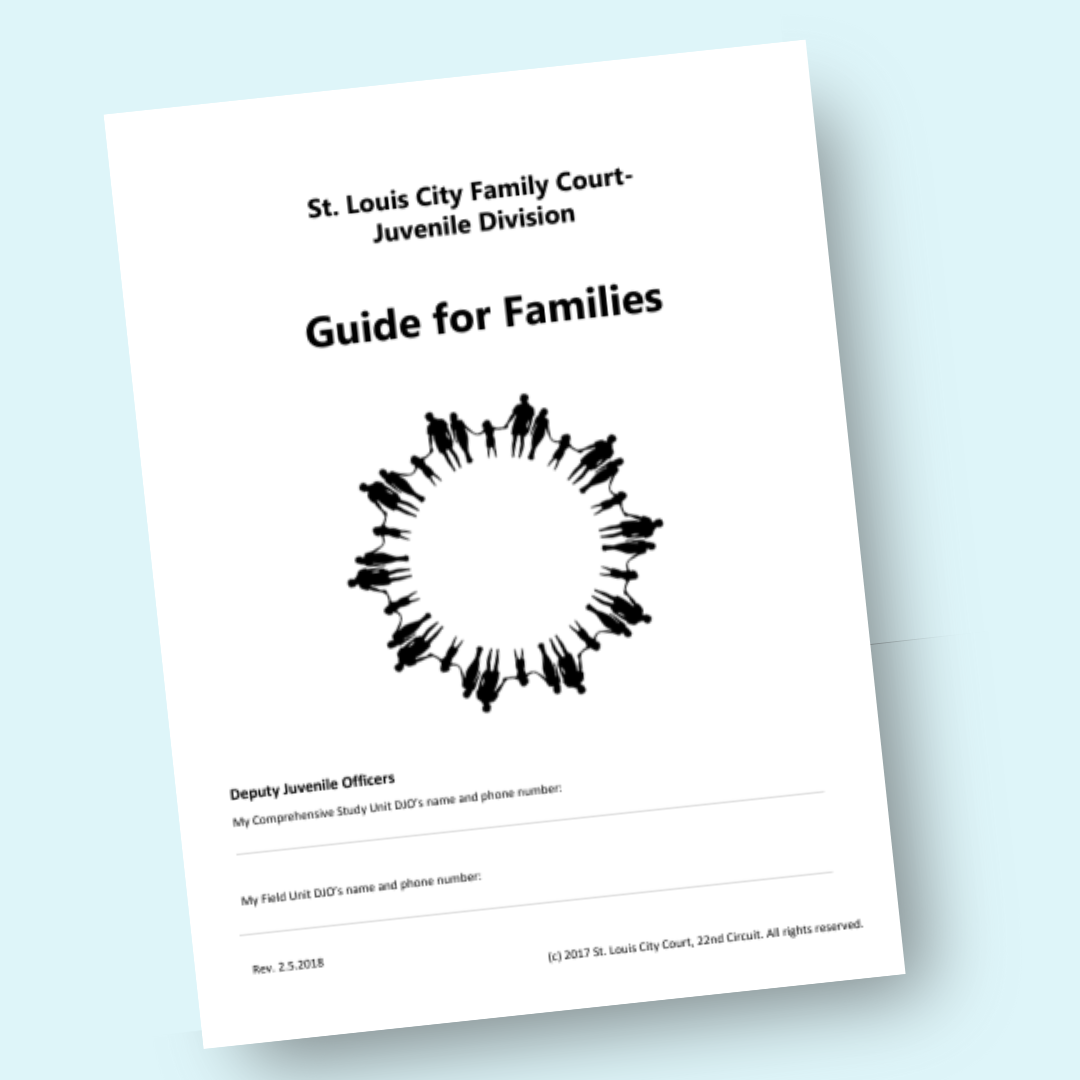
This guide is meant to set clear expectations for youth and families interacting the juvenile justice system.
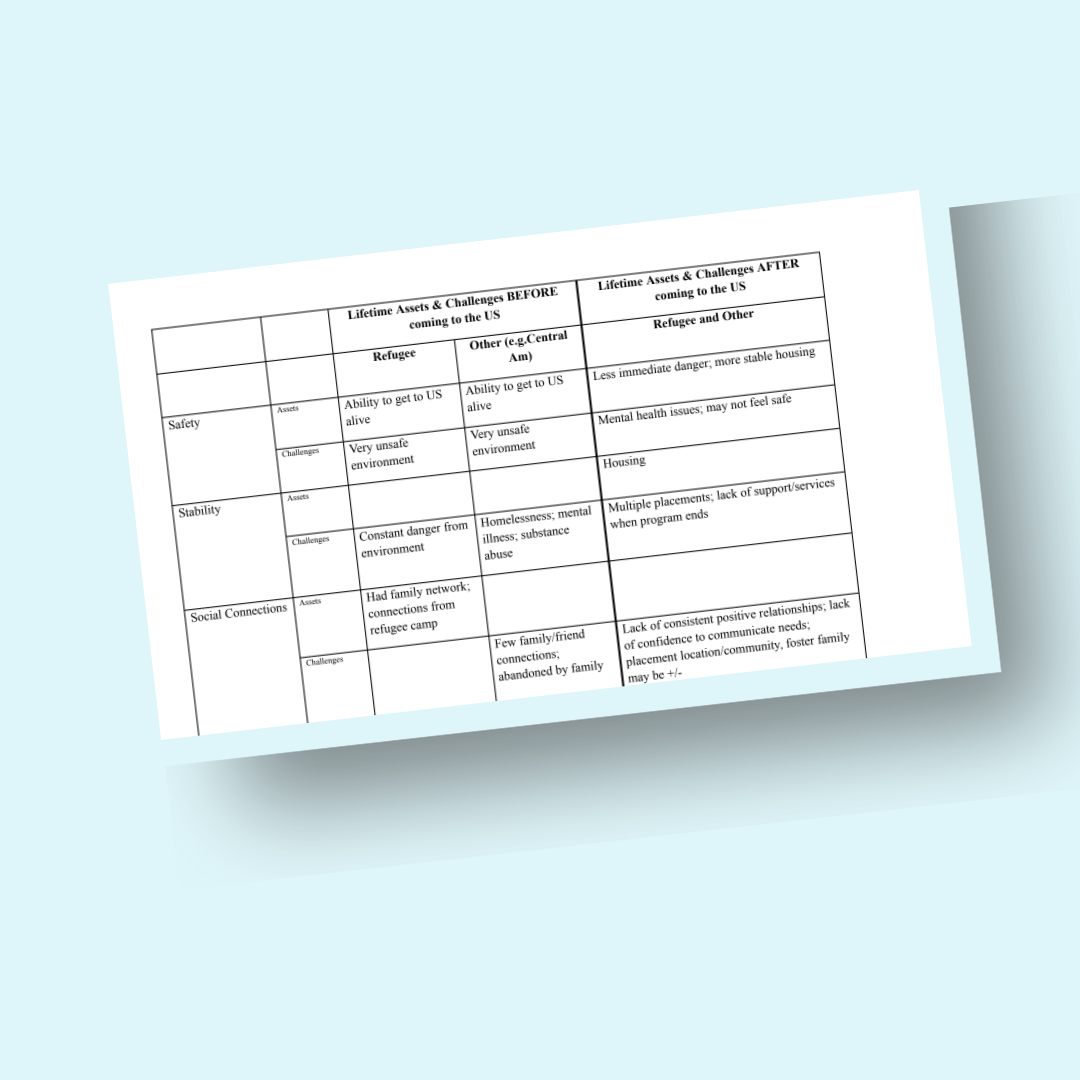
This example highlights the assets and challenges refugees have faced before coming to the United States and after coming to the United States through the lens of the Five Domains of Wellbeing.
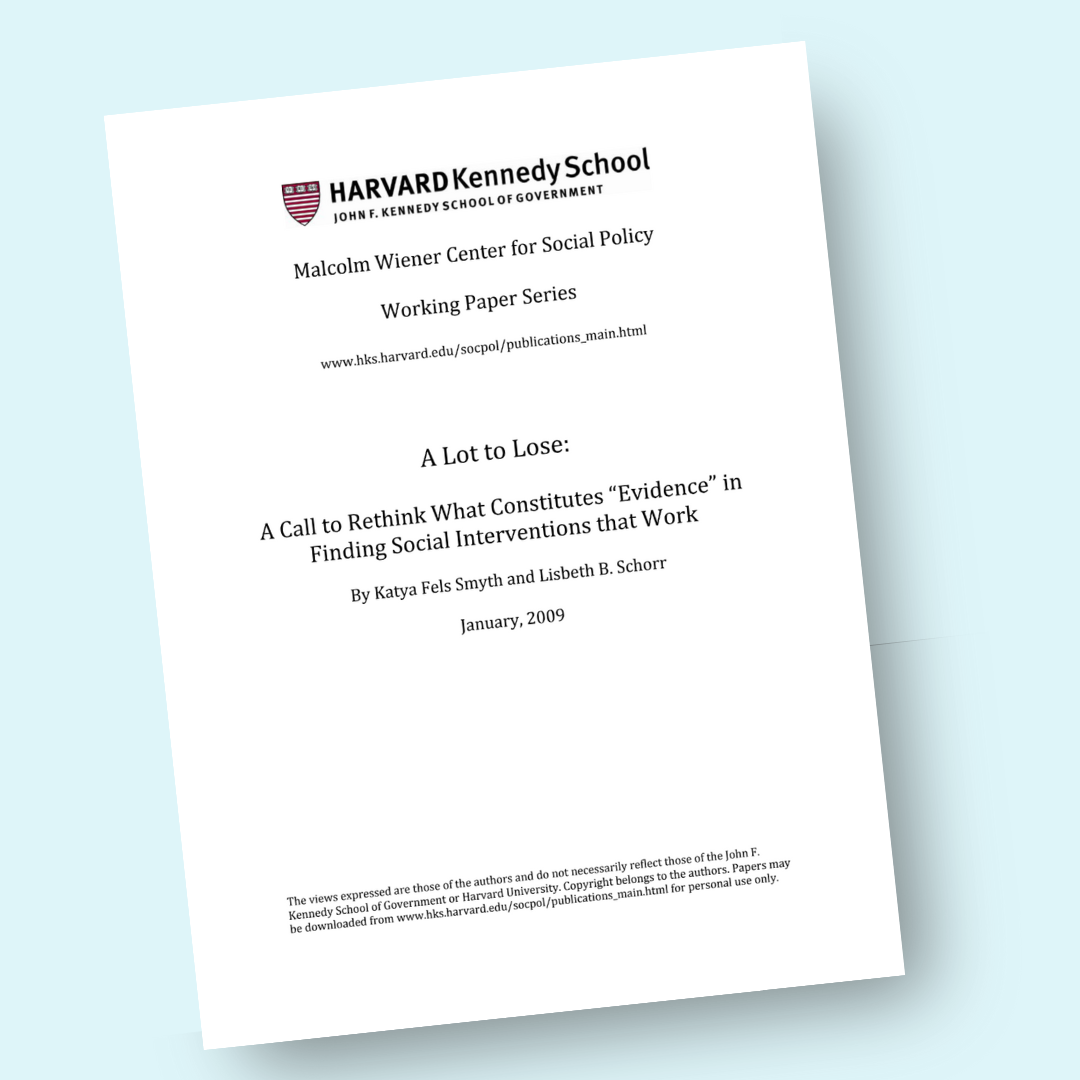
This working paper critiques the over-reliance on evidence-based models in social policy and presents alternative approaches to avoid potential harm.